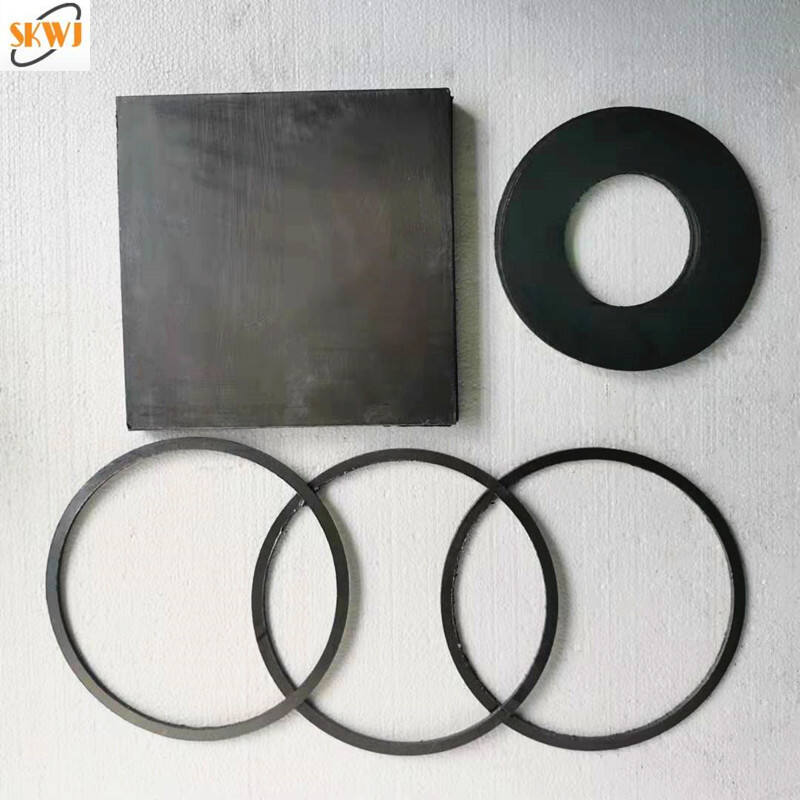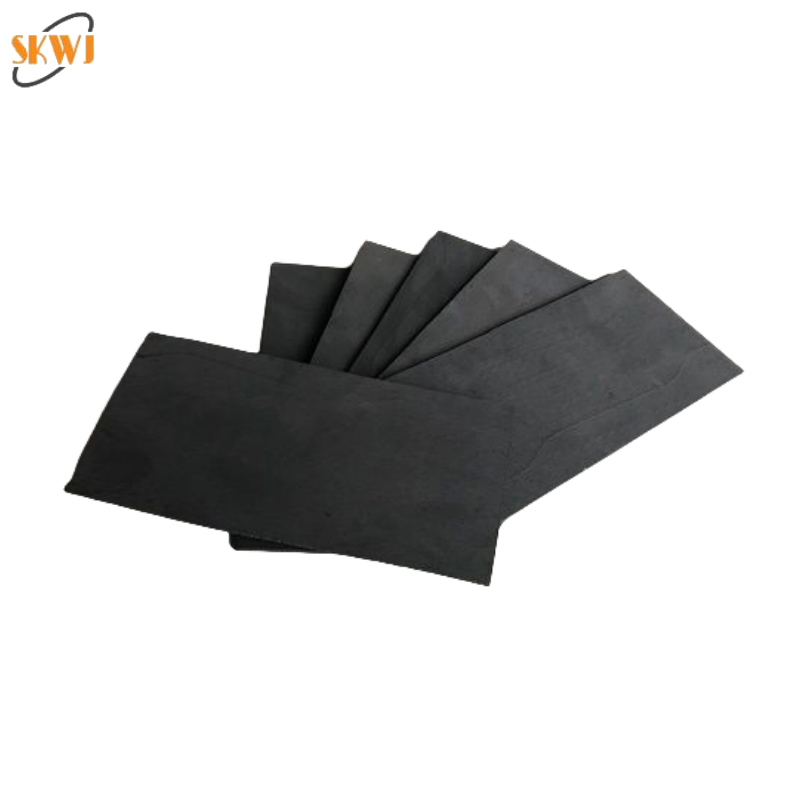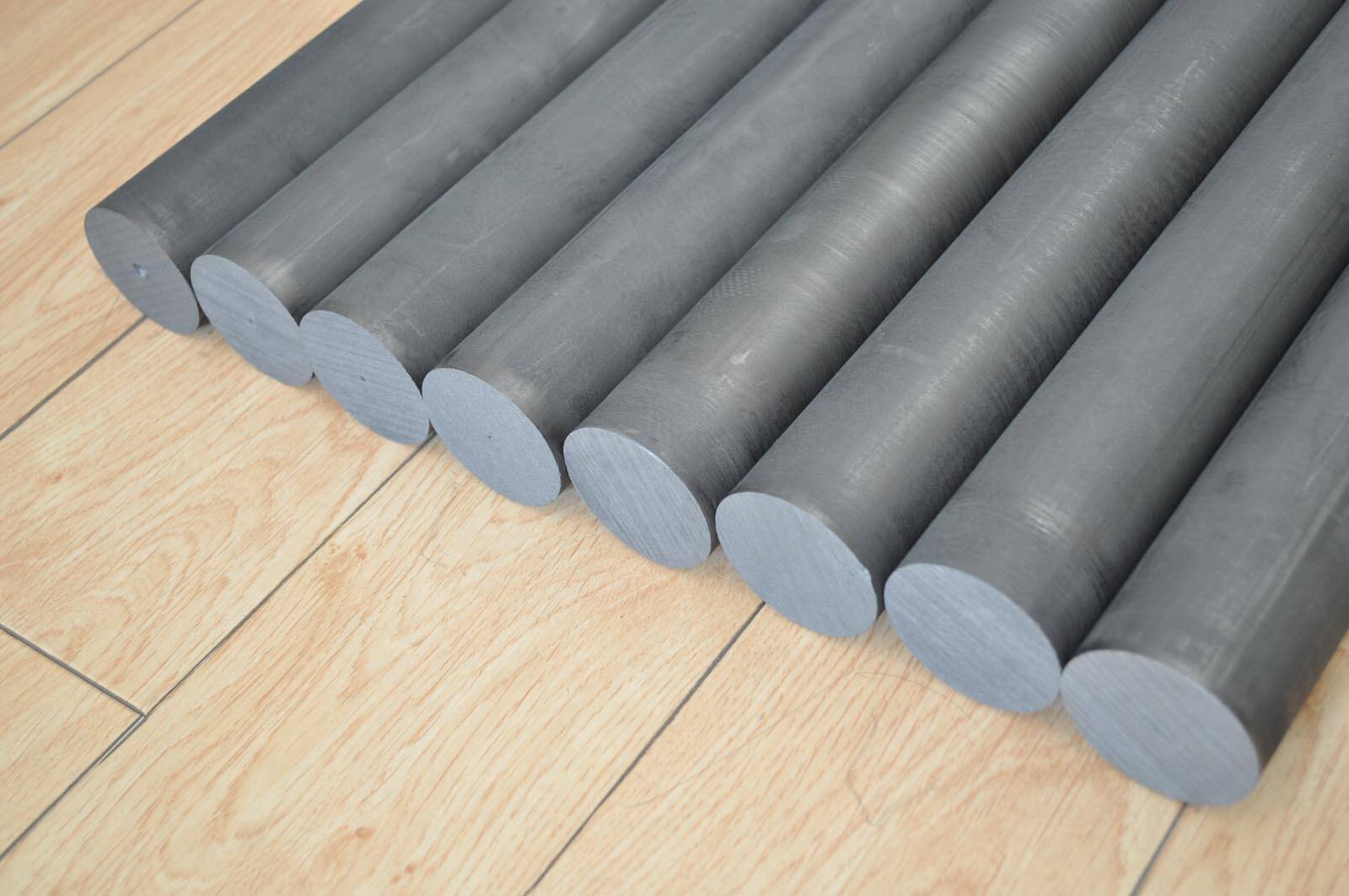graphite plate price
The graphite plate price represents a crucial factor in various industrial applications, reflecting the material's exceptional properties and manufacturing costs. These plates, crafted from high-quality graphite, offer outstanding thermal conductivity, chemical resistance, and electrical conductivity. The price structure typically varies based on factors such as purity levels, density, and dimensional specifications. Modern manufacturing processes ensure consistent quality while maintaining competitive pricing in the market. These plates find extensive use in sectors including semiconductor production, solar panel manufacturing, and high-temperature applications. The pricing generally accounts for the sophisticated production methods required to achieve specific characteristics like uniform density and precise thickness tolerances. Manufacturers often offer various grades at different price points, allowing customers to select options that best match their technical requirements and budget constraints. The current market shows stable pricing trends, with variations primarily influenced by raw material availability and processing capabilities. Understanding the graphite plate price structure helps businesses make informed decisions about their industrial processes while considering long-term cost effectiveness and performance requirements.





